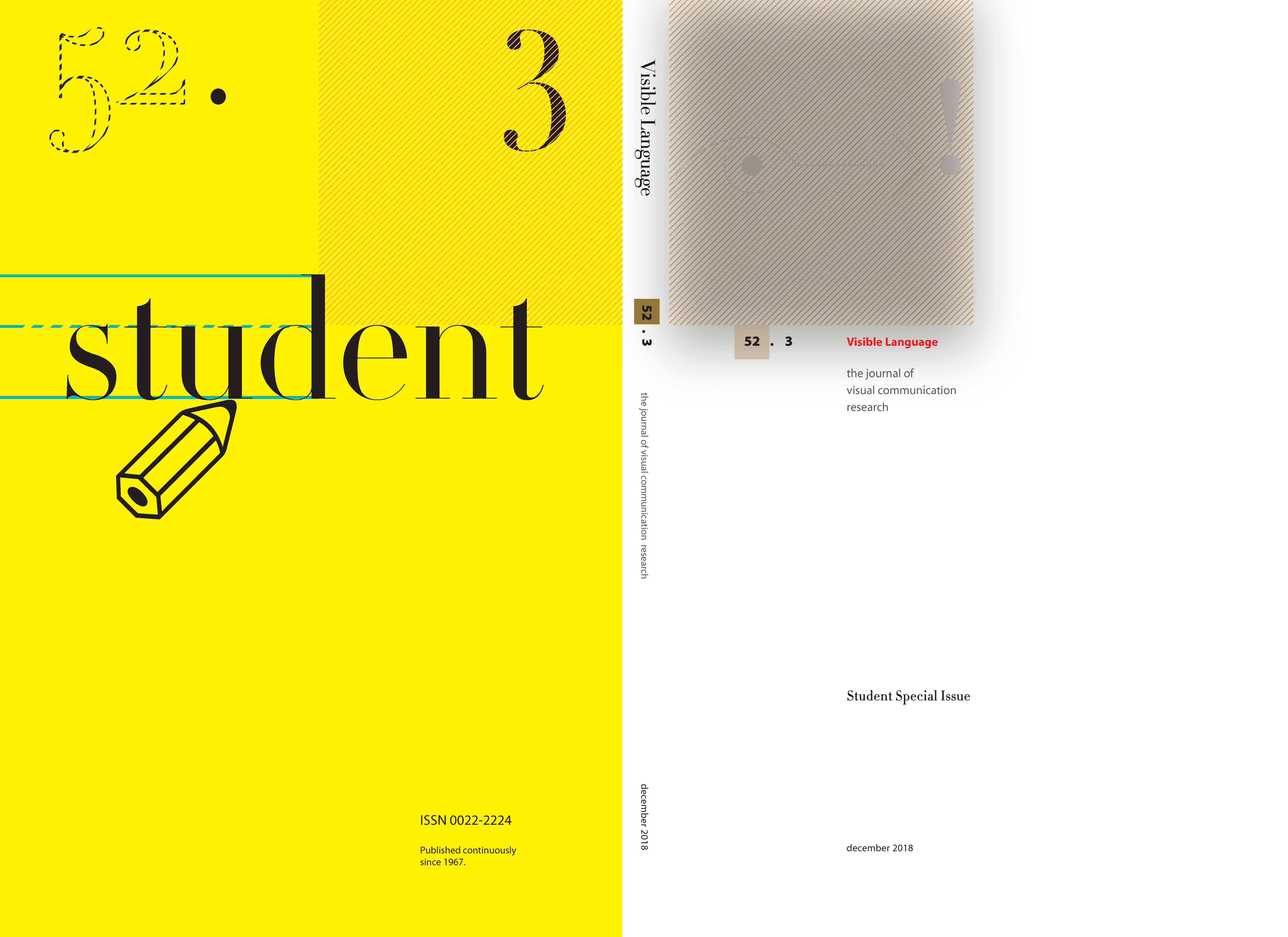Exploring illustration styles for materials used in visual resources for people with aphasia
Keywords:
Brain damage, Stroke, Familiarity, Brain research, Pictographs, Adaptive technology, Rehabilitation, Aphasia, Therapy, Illustrations, Cues/Cueing, Phonology, Patient education, Traumatic brain injuryAbstract
Images are often used in cueing therapy and other kinds of rehabilitation activities for people with an acquired brain injury. This paper presents a small-scale pilot study (part of a larger multidisciplinary project) exploring the appropriateness of different styles of illustration applied to visual resources used in combination with assistive technologies for people with aphasia. The study investigated participants' preferences and impressions of the materials with a view to informing design choices made for resources developed for the larger project. A focus group was conducted where participants were shown examples of materials developed as resources for cueing therapy and lifestyle activities: four sets of illustrations varying in visual complexity - from icons with no context to illustrations with developed backgrounds. Participants shared their impressions of ease of use and their preferences for different levels of visual complexity in the illustrations, as well as changes in format and layout. Findings show that participants preferred simple, icon-style illustrations rather than those with contextual detail. Familiarity with this style of illustration - based on their everyday engagement with mobile interfaces - seems to be the explanation for this preference.

